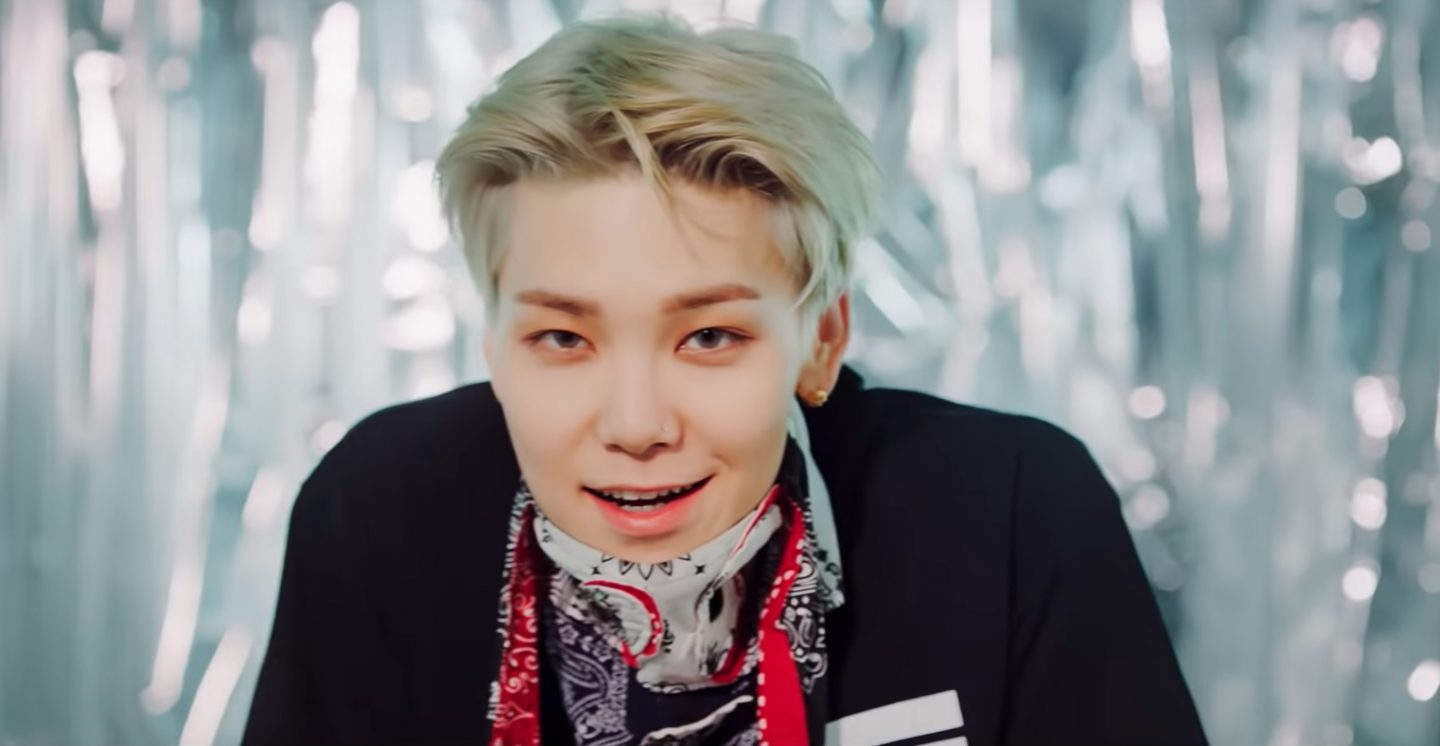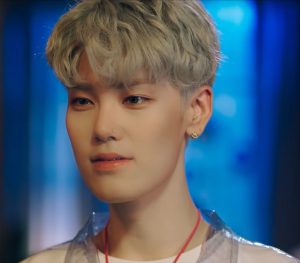
B.A.P‘s giant maknae Zelo debuted as a solo artist following the unofficial disbandment of the group, with the mini album Distance. Credited with bringing hip-hop back to K-pop, B.A.P have played an influential role in shaping the musical and lyrical styles of many groups today, including the more popular BTS and Stray Kids. Since parting ways with TS Entertainment, some of the members have released solo music in their own unique style, which is often very different from that of the idol group. Zelo’s solo debut EP is no different. It shows off Zelo’s composing and songwriting skills, highlighted by the title track, “Questions”.
An upbeat tropical dance track, “Questions” is about wanting to know more about someone you can’t stop thinking about, as seen from the refrain where Zelo sings:
You’re stuck in my head,
About the rest, I don’t care.
I want to know you,
I want to know you.
In the credits for “Questions”, Zelo’s name is seen everywhere, from music composition and production, to choreography. Although the song is arranged in the commonly used verse-chorus structure, the first thing that strikes the listener is how very uniquely “Zelo-like” it sounds. Over the past few years, the idol has kept fans abreast of his own brand of music through his SoundCloud account, where he has taken on a diverse range of genres, from Latin pop (“Howler“) to hip-hop (“No Title“). The words “sexy”, “young” and “fun” often come to mind when listening to songs on the account, and “Questions” offers the same vibe.
For a solo debut MV of a relatively well-known artist, however, “Questions” appears to be a surprisingly low-budget offering. This is in stark contrast to the recent solo debut of another familiar idol, Jeon Somi, whose debut MV can be described as a visual overload. It is also at the opposite end of the spectrum from some of B.A.P’s MVs, which were often cinematic, with dramatic storylines brought to life with high production value. Easy examples are “Angel” and “Skydive“, but the most extreme example is “One Shot“, which reportedly cost 1 billion KRW (approx. US $910,000 at the time of release) to produce.
Admittedly, it seems unfair to compare Zelo’s solo debut with some of B.A.P’s biggest MVs or Somi’s debut MV. Zelo’s new agency, A Entertainment, is nowhere near as big a name as either TS Entertainment or Somi’s The Black Label. “Low(er)-budget” however, does not mean “bad”, or even “underwhelming”. It merely helps fans understand the constraints within which the artist is working, and the challenges he now faces in this new chapter of his career. After all, given B.A.P’s history with TS Entertainment, Zelo can only be in a better position now, than he was in with TS.
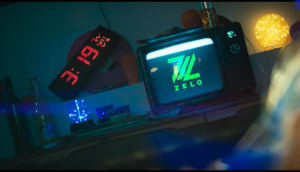
What matters is not the budget but whether it achieves the goal. The purpose of an MV is not only to entertain it is also to promote the artist and the brand, as well as to promote the track. And “Questions” succeeds on all these counts. Most significantly, it clearly announces the debut of Zelo, the soloist, with the incorporation of his signature green-Z logo at the very start of the video. In a small detail reminiscent of B.A.P’s debut, Zelo’s hair is blonde. It brings to mind the thought that this really is a fresh start for the idol.
“Questions” is a choreography centered video. As Zelo is included in the choreography credits, this serves not only to show the choreography of the song but his own skills as a choreographer. The storyline is simple, focused on delivering the theme of the lyrics. When the video opens, the time is 3:19 am and Zelo sits alone in a quiet, dark and messy room. He plugs in his earphones, plays a vinyl — and boom! We have lights, music and people. Zelo is still sitting on the couch, but a party is now underway around him. He is recalling a party in that same room, just hours ago. It is at this party that Zelo met the girl who is “stuck in his head”.

The MV shifts between four different sets: the room with the party, another room with silver walls, a garden and an empty stage with lights on top. Some of these sets are used in multiple ways. The room with the party is used in three ways, with the couch, a mat and just as an empty space for dancing; the garden, in two ways, with lighting adjusted to reflect day time or night time. With appropriate lighting the silver walls of the second room turn green in some of the frames. It is possible that at most two or three locations were needed to film the MV, and as the main set is just a regular room where someone lives, finding a location did not involve a large expense. There are no grand, sweeping landscape shots and the camera stays firmly on the ground.
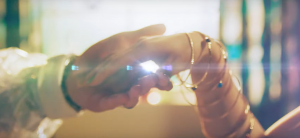
While the MV focuses mostly on choreography and aesthetics, there is a small story line: Zelo is on his own at a party, until he meets the girl who is now stuck in his head. Interestingly, female dancers and a new set are introduced for the first time once he meets the girl, about a minute and a half into the MV. The camera focuses on their hands coming together, bathing it momentarily in white and gold, before moving to the new set — a romantic garden framed against the backdrop of the night sky.
These minute details are how we know there is a story line, brief though it may be. Zelo is so happy to have met the girl, he even offers to pay for everyone’s drinks!
All the drinks on me,
Firstly, 1, 2 drink!
Additionally. there are frames with Zelo floating about in space surrounded by rocks (presumably in the asteroid belt between Mars and Jupiter), as well as a few frames with multiple reflections of the idol. These are perhaps the only symbolic elements of the MV. Zelo is so deep in his thoughts, he is literally “spaced out”, and drunk with the excitement of a new love.
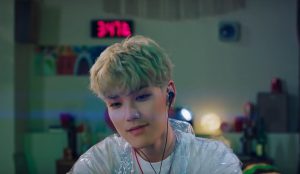
The MV ends as it began — with Zelo sitting in the same dark, messy and quiet room, ear phones plugged in. But the time is now 3:47 am, and Zelo is smiling, still lost in his thoughts. We are no longer in his mind and memories of the night.
By choosing to keep things simple and focusing on the basics, the MV does a fantastic job highlighting Zelo, the artist it aims to promote. What’s particularly striking is how well it brings out his youthful, fun side. This is not the “innocence of youth” more commonly associated with male K-pop idols, but a more regular image. Zelo is a ’96 liner, and it is easy to imagine him as a senior in university, attending a house party just like the one in the MV.
Zelo debuted young in 2012 and has a long career ahead. With his re-debut as a solo artist, it is heartening to hear music that sounds uniquely “Zelo”, accompanied by an MV that highlights him, his personality and what he brings to the table. Overall, this is a solid start towards building the foundation of brand Zelo, and it should be interesting to see where he goes from here.
(The Culture Trip, YouTube [1] [2], Images via A Entertainment)
